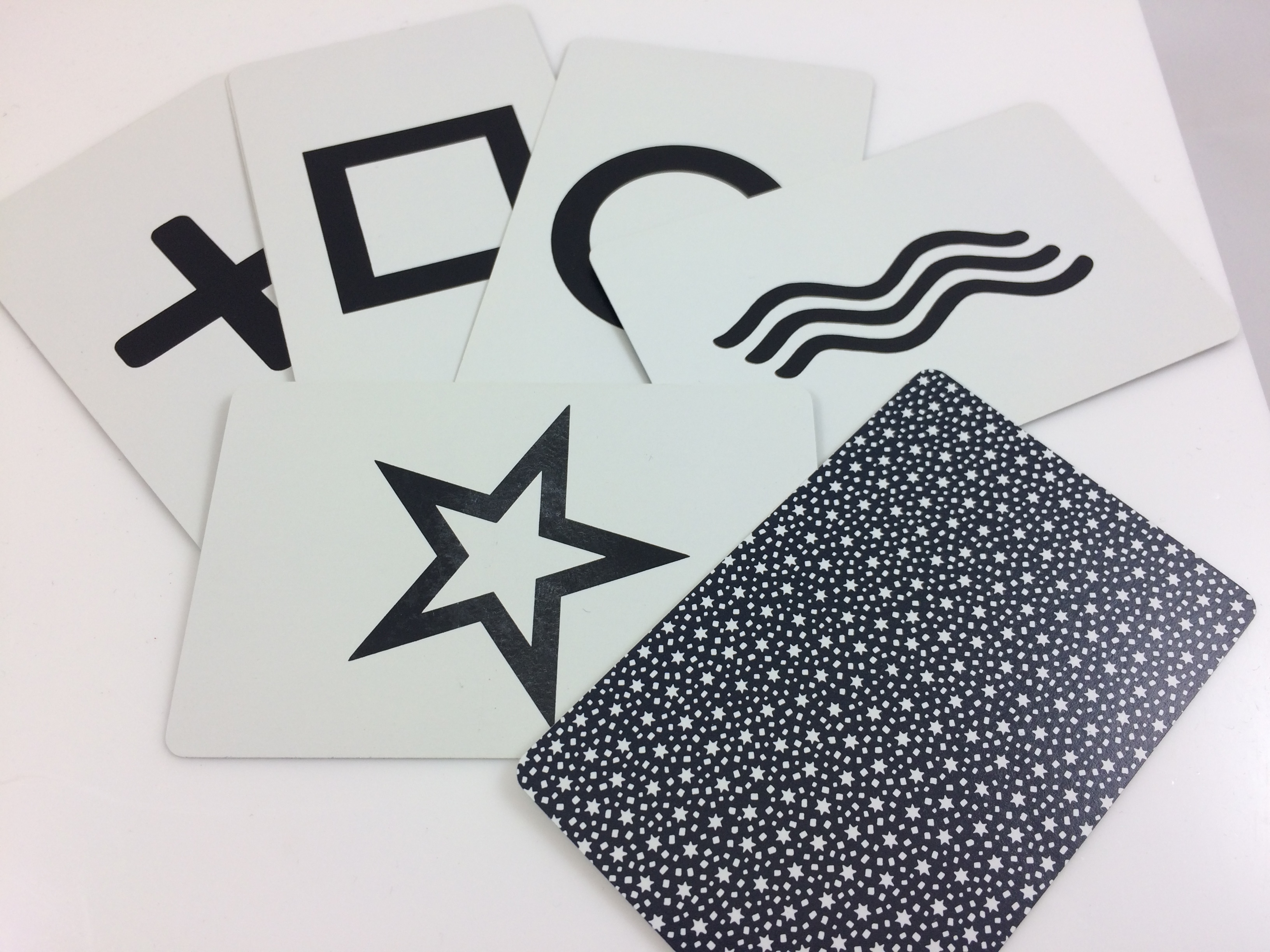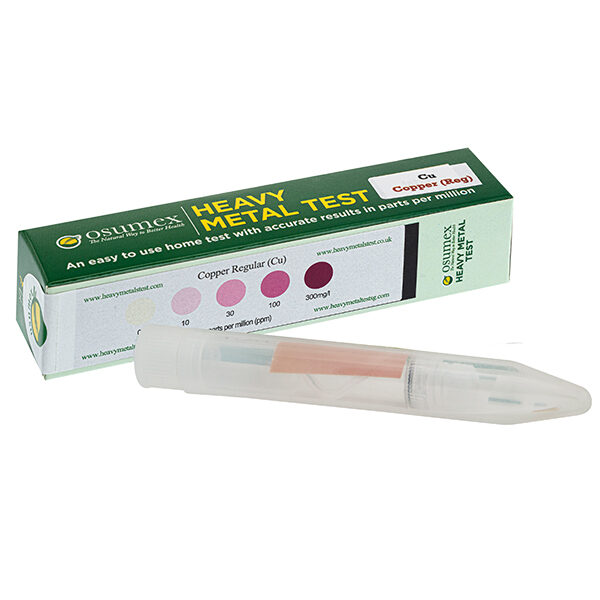

Targeting controls the who and the where of any experience. Regex in A/B testing is mainly used for targeting. Var str = "cfdsjavascript *(&Yjavascriptjs 888javascript" In the following snippet of code, the RegExp method, exec, searches for a specific pattern, /javascript*/, across the entire string (g), ignoring case (i): var re = /javascript*/ig If (re.test(str)) document.writeln("true") In the following example, the pattern /JavaScript/ is tested against the string to see whether a match is found: var re = /JavaScript/ It accepts a string that we test against a regular expression. (): Returns an array with all matched groups.It will return true or false if the match is found. (): to test if a match has been found or not.These regex validators are very powerful!Īfter you’ve written them, there are two interesting methods for testing your JavaScript regular expressions: You can see on the fly how many of the texts you entered are matching the specific pattern. Simply add your regex pattern in the Expression field, then, in the Text field, add any text that you would like to see if it matches your pattern. The screenshots below are from the latter but feel free to use any you feel most comfortable with. We can recommend two of them, RegEx101 and RegExr. That is the crazy way to move forward.īut thankfully, there are many free online regex validators you can take advantage of and speedily test your strings against the regex pattern you built. Mathias Bynens has a great article on the best comparison of a lot of regular expressions: In search of the perfect URL validation regex. You can do it manually and spend many hours reading the validation rules. You now have your regex pattern ready but you would like to test if the syntax is correct. If you’re unfamiliar with regular expressions and would like to learn more, we highly recommend taking a quick crash course! Regex is a powerful tool that only requires a small time investment to learn. Need help building your regular expressions? This expression matches literally any of +, *, ? or the dot. Most special characters have no meaning inside the square brackets. In this case, match anything other than a, b, or c. (ASCII order)Ī caret ^ at the beginning of the square bracket indicates “not”. This way, any character in the class will match one character in the input. You can group characters by putting them between square brackets. Match at the beginning of the input string. matches a dot, and \\ matches a backslash. Matches a newline character (or CR+LF combination). + matches one or more of what comes before it.Ī lot of special characters are available for regex building.? matches zero or one of what comes before it.* matches zero or more of what comes before it.They may look familiar to you, but they’re not exactly the same. So what if you want to match several characters? You need to use a quantifier. Here is a quick “cheat sheet” for those of you who want to learn the most common rules of regex. The regex is ready for you and you can now target all support email addresses of the tools you use without having to copy paste them one by one: you are more tech-savvy and want to write that pattern yourself, you can start learning the basic characters and quantifiers plus some construction rules. The regex pattern is then ready to be used: w+\.+\.comĮxample of an email regex pattern from Regex Generator Simply paste a text sample you want to match using a regex (as an example, I used Convert’s URL below), and then, select different parts of the text that you want to build the regex on. One of the most user-friendly and easy to use is the Regex Generator.

You can either start writing the specific syntax yourself (and make many mistakes until you have a validated regex pattern) or use one of the available regex generators that exist. They have an alphanumeric structure and come with their own set of symbols like brackets Regular expressions are like a miniature language that’s widely used, allowing people to match complex patterns that would otherwise take them many hours of research. Running Simultaneous Experiments on the Same Page Common Mistakes to Avoid when Using Regex.How to Use Regular Expressions in the Convert Experiences App (with Examples).Regex Use Case: Convert’s Regular Expression Interface with Checker.How Can You Write, Test & Debug Regular Expressions?.


 0 kommentar(er)
0 kommentar(er)
